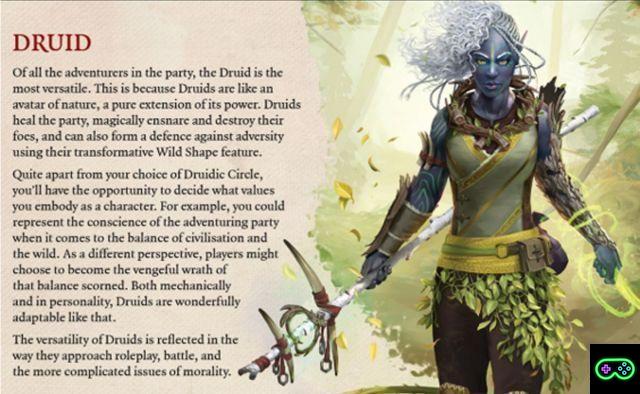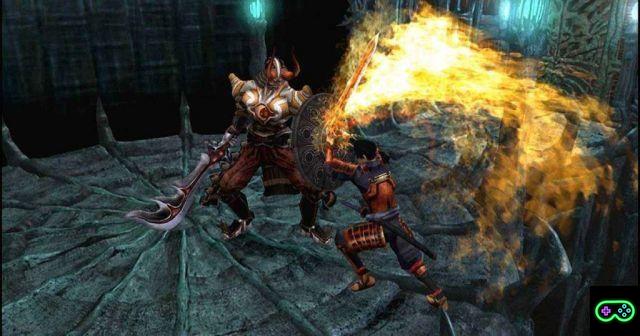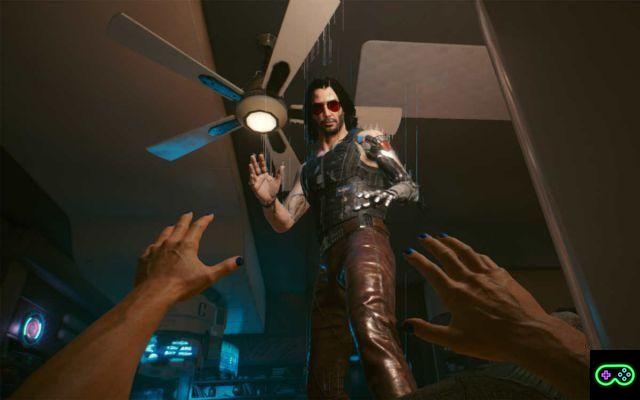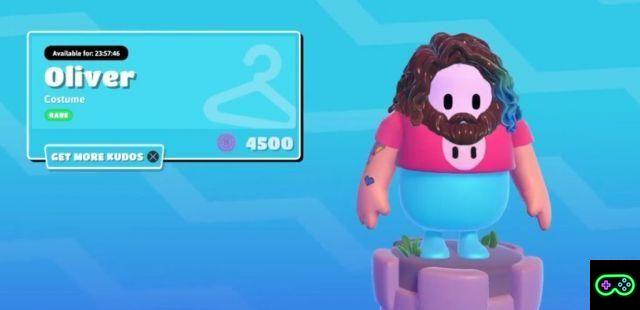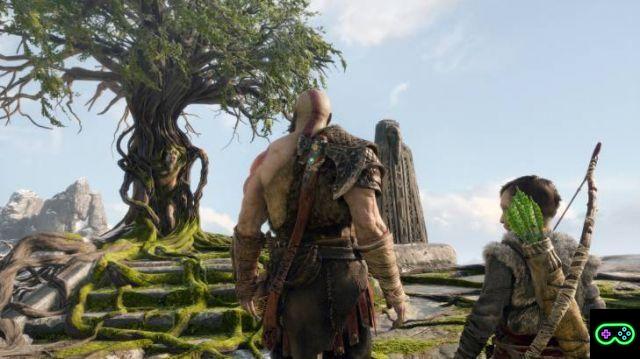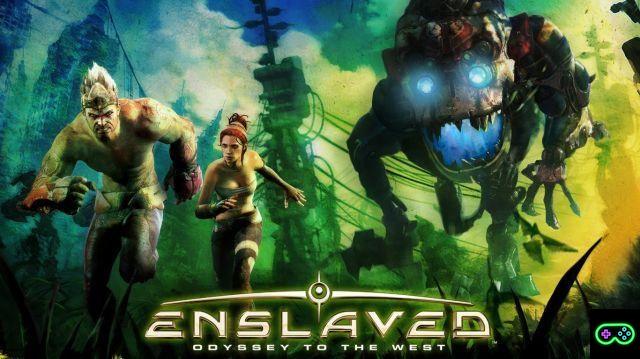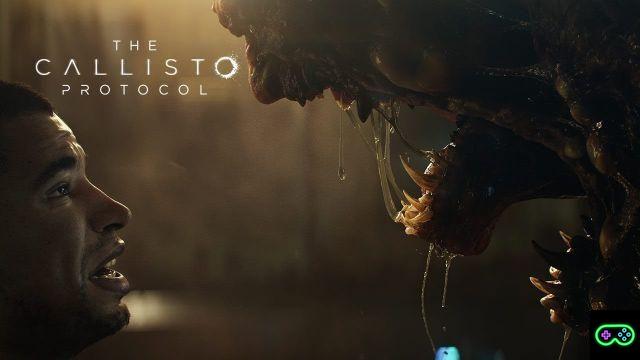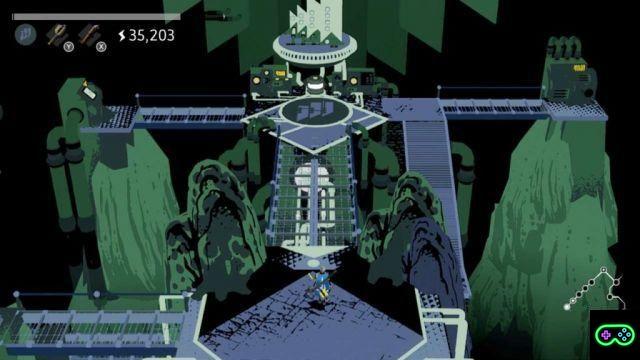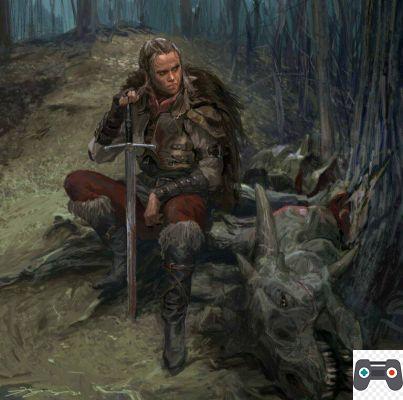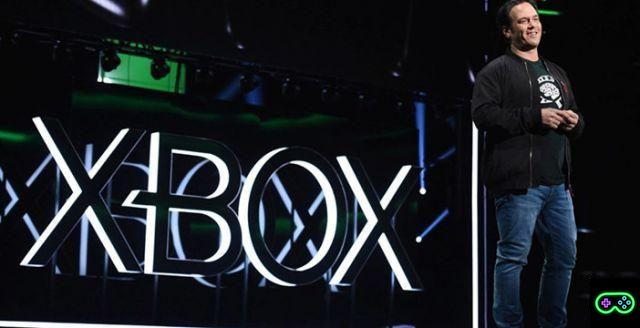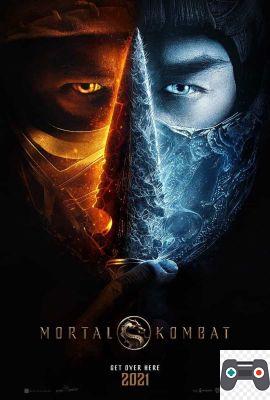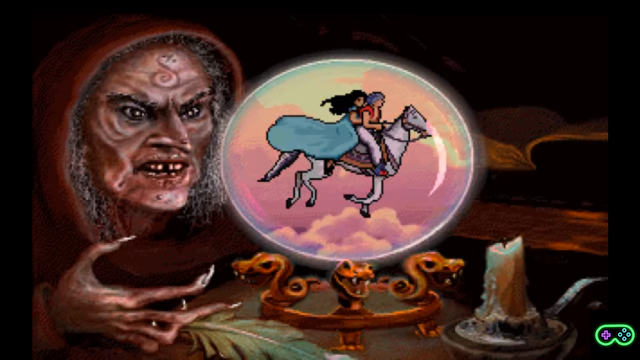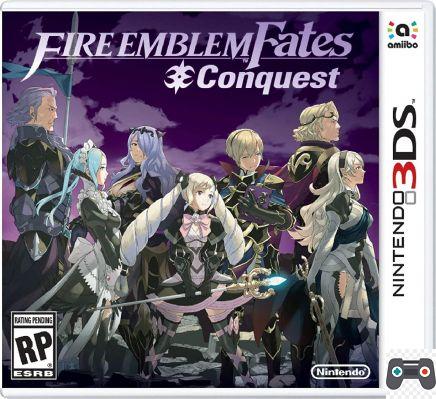
Article by Gianluca “DottorKillex” Arena
With a new formula for the saga, which opens in a very decisive way to a much wider audience than the historical one, Fire Emblem Fates comes in a double edition, with the possibility of enjoying a third campaign, at the conclusion of the previous two.
Given the significant differences in terms of playable characters, plot, setting and maps, we opted for a double review, which covers both versions.
Find the Legacy one on our pages; here we deal with Conquista, the campaign expressly dedicated to veterans of the series, who had the opportunity to gain experience on the chapters that preceded Awakening, released in 2013 always exclusively on the Nintendo portable console.
The kingdom of Nohr
As evidenced by our double review, Fire Emblem Fates explores new possibilities for the series both on a commercial and narrative level: never before has an episode of this long-lived saga arrived in stores in a tripartite version, with two campaigns that can be purchased immediately and a third, Revelation, (by the way, see you in a few days for the review) downloadable at a later time.
To distinguish Conquista from its brother Legacy there are the tones of the narration, the characterization of the characters, and, above all, the subtle pleasure of making the "wrong" choice, of leaning, for once, for the dark side.
The narrative incipit unites the two episodes, and sees the young Corrin, whose features can be created through an editor, become aware of a rather shocking reality, namely that the family that raised him is the biological one They do not match.
By purchasing Conquest, players will opt for the "de facto" family, returning to Nohr even after discovering that its true relatives are the rulers of Hoshido: the choice is particularly difficult, because the kingdom of darkness is ruled by a cruel man ( as father as well as ruler) as King Garon, and his subjects have been guilty of unspeakable atrocities on the battlefields in the course of the bloody war with the empire of light.
Where the legacy narrative is a bit too linear and stereotyped, granting the player the usual role of an unblemished hero, that of Conquista enjoys exploring gray areas, playing with the player's sense of justice and morality. he is never called upon to make truly impactful choices: the characters are conflicted, realistic, driven by motivations that cannot fail to develop empathy in those on this side of the screen.
The sunny settings, the hilarious dialogues and the conviction of always being on the right side, cornerstones of the narrative substrate of Legacy, in Conquista give way to doubts, to the continuous need to deny a bad reputation, to the desire to redeem oneself while not being guilty in any way.
If, therefore, the narrative differences are substantial, the idea of marketing Fire Emblem Fates in two different versions was not only linked to the development of its characters and to the plots, but also, and above all, to the differences in terms of gameplay and difficulty of the game. gaming experience: from this point of view, Conquista is to Legacy as night to day.
An old way to play
If Legacy marks the best possible entry point into the saga, for all those who have so far been out of it, Conquista intends to offer bread for the teeth of longtime players, from the hardened skin from the titles before Awakening, not exactly friendly in as for the challenge.
Mind you, like the chapter dedicated to the royal family of the Hoshido, Conquista also allows you to choose the level of difficulty between three and to opt for a triple mode of recovery of the fallen units (Classic, Random and Phoenix, with the latter, unpublished, which allows you to have the fighter back at the end of the turn in which he fell), but, by its very nature, the chapter dedicated to the Nohr is more difficult, and will hardly satisfy the palate of novices.
To make it much more similar to the old episodes of the franchise there is, first of all, the design of the maps, which, while sharing some of them with the twin chapter, offers other unpublished ones, often comparable to real puzzles due to traps, abundant enemy reinforcements and bottlenecks well guarded by enemy troops.
Secondly, the mission objectives, which in Legacy hardly go beyond the annihilation of enemy forces, here become more variegated and subtle, passing through the (adored by veterans) defense maps, in which to resist waves of attackers for a defined number of turns, to others in which to reach a specific NPC, obviously placed among forests of enemies, within a time limit.
The total impossibility of dedicating oneself to side missions, useful for growing the less used units and for earning money and experience points even for the "owners", makes every choice as heavy as a boulder, because exposing even just one party member to an attack of too much can mean losing him forever, or starting the battle all over again.
The scarcity of resources and the absence of opportunities to grind make Conquista a less scalable product than Legacy, which can be enjoyed, by raising the level of difficulty, even by long-time players: nevertheless, this chapter captures the essence of Fire Emblem, the strategic weight of every decision and the foresight in the positioning and deployment of units.
During the almost one hundred hours of tests carried out, we happened to come out unscathed from a badly managed situation in Legacy (despite the Difficult level selected), thanks to the brute strength and the percentages to hit of our characters, where, instead, Conquista did not never turned a blind eye, punishing our mistakes and often forcing us to restart fights lasting even more than an hour.
Many will not like this roughness, but this has always been the true essence of Fire Emblem: the winning move of Nintendo and Intelligent Systems, then, lies precisely in having differentiated its two products so well, so as not to disappoint anyone.
A nice sight
Where Fire Emblem Fates – Conquista it does not differ much from its brother Legacy is in the technical sector, which is obviously shared and which further improves the good that had already been done three years ago at the release of Awakening.
The polygonal modeling, the animation department, the splendid intermission videos: everything pushes the old hardware of 3DS, giving its owners one of the most beautiful titles to see, especially if you are a lover of Japanese animation and design.
On an artistic level, however, the discourse is very different between the two versions: starting from a common basis, Conquista refers to a medieval European fantasy, with knights in heavy armor, a much darker and more mature trait than that seen in Legacy and a general predominance of a chromatic range tending to dark colors.
Given the declared target of this episode, the character design turns out to be particularly happy, because the visual choices recall many of the past episodes of the franchise, and go better with a darker storyline and with the increased difficulty of the game.
Sorry, as also underlined on the occasion of the review of Legacy, the absence of a more widespread dubbing, but probably the space limitations due to the physical media must have played a significant role in this choice, otherwise difficult to explain.
Also good is the support for amiibo, which allows those who own one of the four figurines from the franchise to scan them for objects and the possibility of enlisting the corresponding hero, not before having beaten him in a duel.
The longevity of the package is roughly in line with that of Legacy, which means from a minimum of twenty-five to a maximum of thirty hours: if the absence of additional Challenges shortens the duration, the inevitable repetition of some of the missions harder will compensate for the shortcoming.
Final comment
Fire Emblem Fates – Conquista it turned out to be one of the best episodes of the saga of recent years, above all for the more mature tone of the plot, the variety in the objectives of the individual missions and the revival of a level of difficulty worthy of the creature of Intelligent Systems.
Although, by far, it represents a more accomplished and exciting product than Legacy, its purchase is recommended only to veterans of the series (or, at least, turn-based strategists), because for newbies it could be a source of frustration more than of fun.




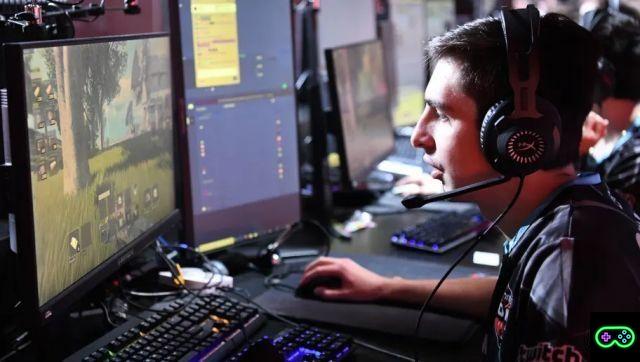
![[The Bear's Lair] God of War: Betrayal and Greek mythology](/images/posts/17432d3b12ecfec44b0b855d20c7520f-0.jpg)



